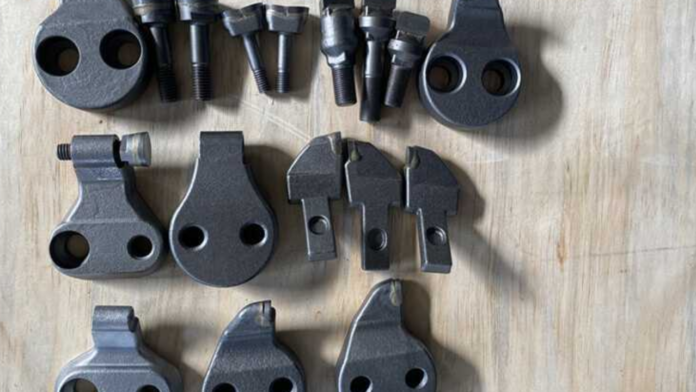The mulching teeth of forestry mulchers are made specifically to break up woody materials up to 12 inches in diameter. Because flail hammer blades easily chop through undergrowth and small trees, they are also frequently employed for forestry mulching. They chop and shred vegetation using a rotating drum or disc that has teeth on it. Heavy-duty mulchers are the ideal fit for our premium mulcher teeth, which guarantee optimal effectiveness and performance.
For even the largest land-clearing projects, heavy-duty mulchers increase output. While large mowers are used to control natural overgrowth, mulchers are employed to remove tiny trees and underbrush. But, in order to clean and recover land that contains stones and rock slabs, stone crushers are employed. To learn more, https://www.jyfmachinery.com/mulcher-teeth-and-flail-mower-hammer/ about mulcher teeth effectiveness Visit the website.
Effectiveness of Mulcher Teeth or Flail Hower Hammer
The unique designs and principles of operation of flail mower hammers and mulcher teeth make them efficient cutting equipment for vegetation management:
1. Mulcher Teeth Effectiveness
Sharp and Durable
The mulcher teeth are composed of durable materials like carbide and are guaranteed to keep their cutting effectiveness and sharpness even after extended use. They can efficiently chop down trees, thick foliage, and woody waste because of their sharp edges.
Extremely Fast Rotation
In forestry mulchers, the rotor is equipped with mulcher teeth and rotates at a rapid pace. The mulcher’s teeth can cut through vegetation swiftly and effectively due to its rapid rotation, which makes it an excellent tool for clearing huge areas in a short amount of time.
Reduction of Material
Trees and other waste can be reduced in size and made easier to handle by using mulcher teeth. The efficiency of land-clearing activities is increased overall when material sizes are reduced since they are easier to process, transport, and dispose of.
Versatility
Mulcher teeth are adaptable instruments appropriate for a range of land clearance uses, such as forestry, land reclamation, and right-of-way upkeep. They can deal with a broad variety of sizes and kinds of vegetation. You can finish the task with just this one machine; heavy machinery is not necessary.
2. Flail Mower Hammer Effectiveness
Cutting Action and Its Effect
The hammers of the flail mower swing freely, breaking the grass into tiny pieces. Grass, weeds, and lighter plants can be efficiently managed using flail mowers thanks to their impact and cutting motion. The sharp nature of the flail mower hammer helps in the finest cutting of vegetation.
Optimal Mulching
Following cutting, flail mower hammers leave behind a fine mulch that can enhance soil quality and aid in nutrient recycling. They are useful for agricultural and landscaping uses because of this trait. The blades of the hammer are very important when cutting fine wood. Much more cautious clearing of land is possible with this flail hammer.
Versatility
Sports areas, parks, roadside ditches, and agricultural fields are just a few places where flail mowers with hammers can be put to use. With regard to handling various kinds of vegetation and terrain, they are adaptable. The blades of the hammer fully perform their duty. And have many long-term benefits.
Safety
Generally speaking, hammer-equipped flail mowers are less prone to toss debris at high speeds than other cutting techniques, making them safer to operate in public spaces and close to obstacles like trees and fences. Despite their effectiveness, they do not damage objects.
Final Words
The unique designs and working principles of flail mower hammers and mulcher teeth contribute to their effectiveness. Mulcher teeth are excellent for heavy-duty land-clearing jobs because of their fast rotational speed and ability. Flail mower hammers work well with lighter plants, producing fine mulch and offering versatility and safety in a range of uses. The sort of terrain you are working on and the particular requirements for plant control will determine which cutting instrument is best.











